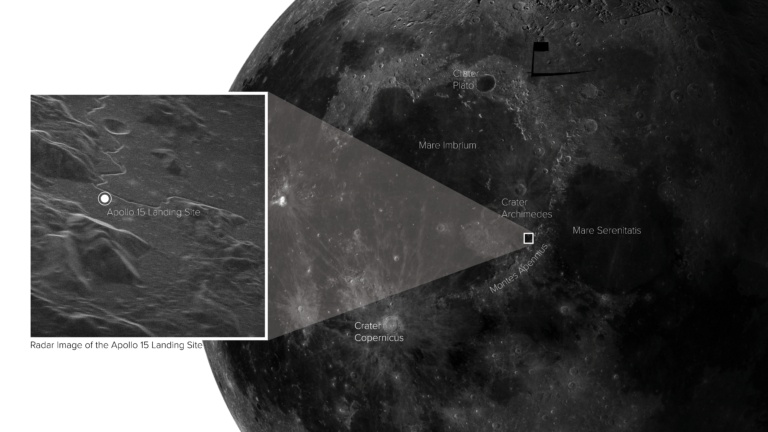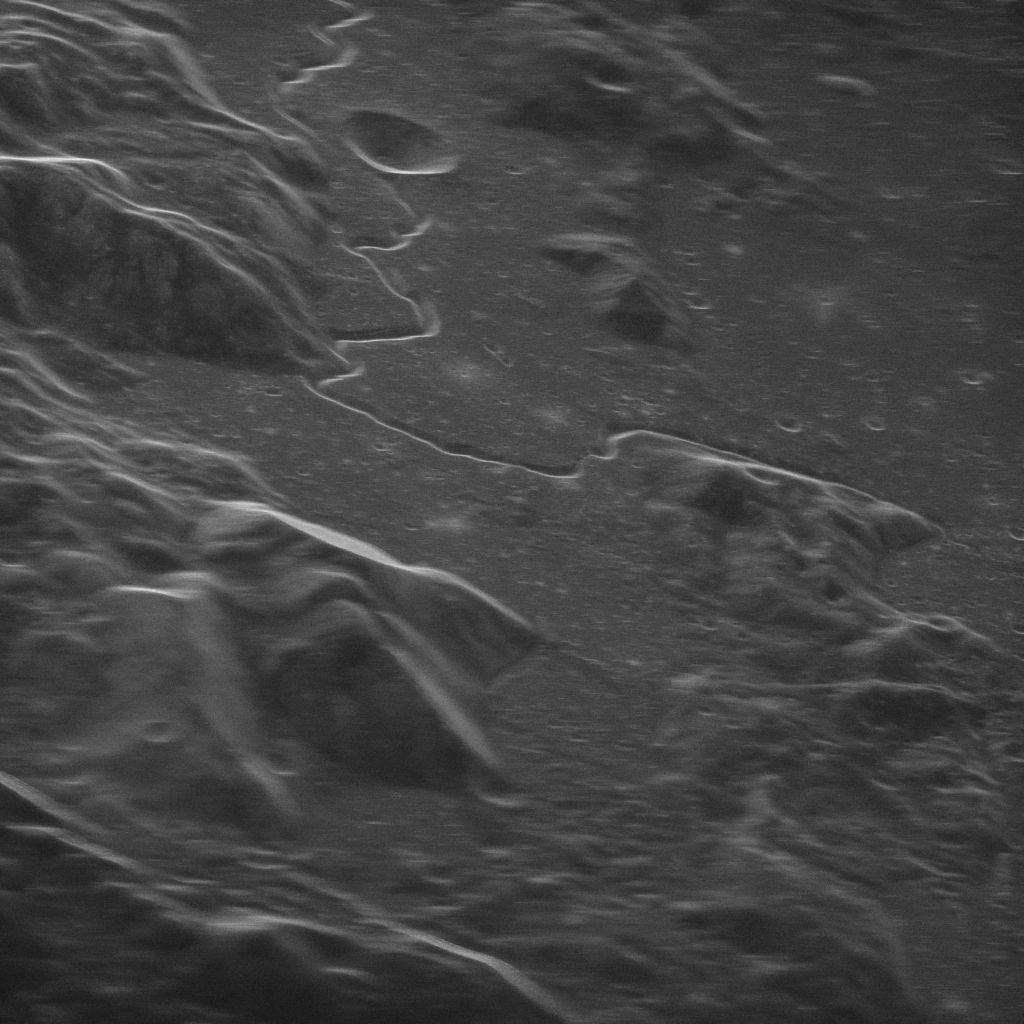A New Radar Instrument Will Try To Fill the Void Left By Arecibo
By Andy Tomaswick
Observational astronomy is dependent on its data, and therefore also dependent on the instruments that collect that data. So when one of those instruments fails it is a blow to the profession as a whole. The collapse of the Arecibo Telescope last year after it was damaged by Hurricane Maria in 2017 permanently deprived the radio astronomy world of one of its primary observational tools. Now a team at the National Radio Astronomy Observatory (NRAO) hopes to upgrade an existing telescope at the Green Bank Observatory in West Virginia to replace the failed Puerto Rican one and provide even more precise images of near Earth objects in the radio spectrum.
The Green Bank Telescope (GBT) is already the world’s largest completely steerable radio telescope. However, in order to reach near the levels of Arecibo’s 300m observing surface, the 100m observing surface of GBT would need an upgrade.

That upgrade is coming from a unique source – the large defense contractor Raytheon. Raytheon itself has a long lineage of expertise in radar from its years devoted to developing military radar systems. Its Intelligence & Space business unit collaborated with the NRAO and the Green Bank Observatory to perform some new tests that will feed data into the design of a much more powerful imaging system.
Credit: National Geographic YouTube Channel
That test took over two years to arrange and perform, and resulted in an extremely detailed image of the Apollo 15 landing site on the moon. The researchers responsible for the test also recruited the Very Long Baseline Array, a series of 10 observing platforms scattered throughout the continental US, the US Virgin Islands, and Hawaii, to collect data about the signal the GBT bounced off the moon’s surface.

Credit: NRAO / AUI / NSF
That collected data will allow technologists at Raytheon and the NRAO to build a much more capable radar system for the telescope. Estimated at 500 kilowatts, it will allow astronomers to bounce radar signals off of never before accessible objects, such as Uranus and Neptune.
While it won’t truly replace what was lost in Puerto Rico, the upgrade to GBT will provide access to data never before available. With luck, and a lot of work from scientists, that increased luck will also result in a better understanding of our place in the solar system.
Learn More:
NRAO: Successful Test Paves Way for New Planetary Radar
UT: Now you can Watch Actual Video of Arecibo Collapsing…If You Dare
space.com: US planetary radar may get a boost from Green Bank Observatory
Lead Image:
Apollo 15 Landing site in detail made by the upgrade GBT radar system.
Credit: NRAO / GBO / Raytheon / NSF / AUI
The post A New Radar Instrument Will Try To Fill the Void Left By Arecibo appeared first on Universe Today.

February 5, 2021 at 06:28PM
via Universe Today read more...

Post a Comment